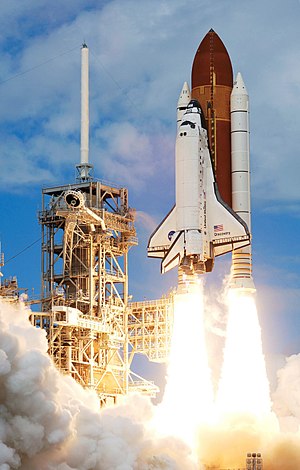Hypergolic propellants are used in space shuttles and rockets. The main advantage of hypergolic propellant is the absence of the need of an ignition system. In hypergolic rockets the ignition is achieved by mixing fuel and oxidizer. Upon contact with each other the mixture starts burning. This is a great advantage for spacecraft which needs many start stop operation of its engines during manoeuvring.
One of the hypergolic combination is Methylhydrazine as the fuel and dinitrogen tetroxide as oxidizer. Starting of the engine is achieved by control valves releasing fuel and oxidizer which get mixed with each other and ignite.

Methylhydrazine is a highly toxic, flammable and corrosive liquid whereas dinitrogen tetroxide is a liquefied, non-flammable, toxic and corrosive gas.
Ariane 5G rocket use hypergolic propellant of methylhydrazine/dinitrogen tetroxide in its second stage booster.
Explosive articles containing hypergolic liquids may fall under class 1.1G 1.2G 1.3G 1.4G 1.1L 1.2L or 1.3L
Transport regulation list Methylhydrazine and dinitrogen tetroxide as in below table


 WhatsApp your queries
WhatsApp your queries